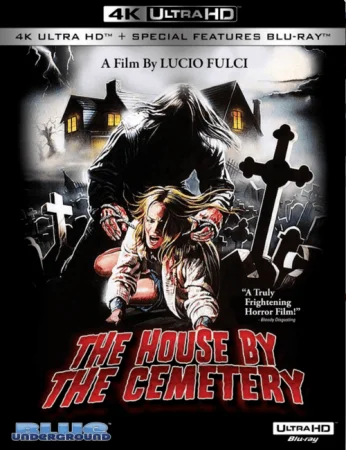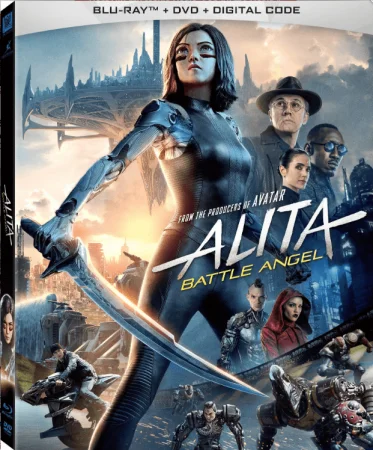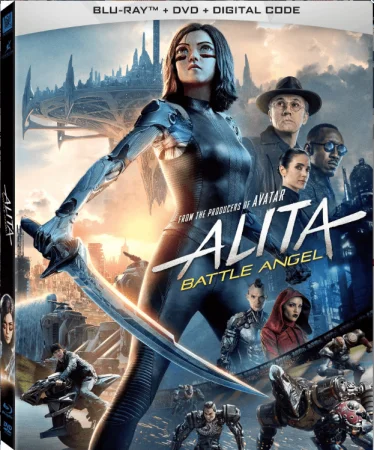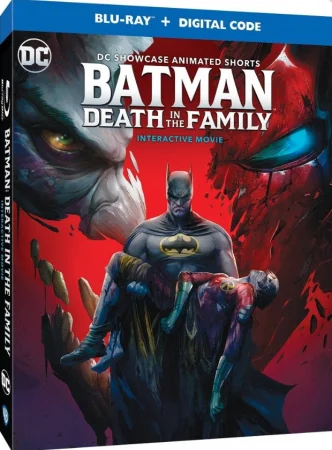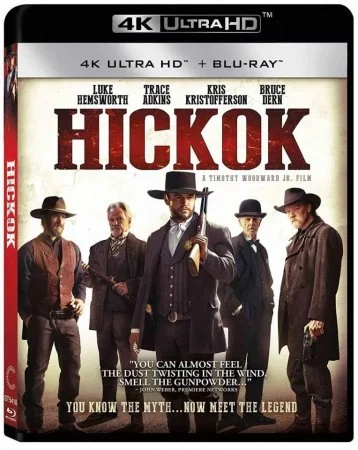Featured Movies
The Good the Bad and the Ugly 4K 1966 Ultra HD 2160p
Сountry: Italy | Spain | West Germany | USA
Genre: Adventure
Language: English
Cast: Eli Wallach, Clint Eastwood, Lee Van Cleef, Aldo Giuffre, Luigi Pistilli, Rada Rassimov, Enzo Petito, Claudio Scarchilli, John Bartha, Livio Lorenzon, Antonio Casale, Sandro Scarchilli, Benito Stefanelli, Angelo Novi, Antonio Casas.
Storyline
Blondie (The Good) (Clint Eastwood) is a professional gunslinger who is out trying to earn a few dollars. Angel Eyes (The Bad) (Lee Van Cleef) is a hitman who always commits to a task and sees it through, as long as he is paid to do so. And Tuco (The Ugly) (Eli Wallach) is a wanted outlaw trying to take care of his own hide. Tuco and Blondie share a partnership together making money off of Tuco's bounty, but when Blondie unties the partnership, Tuco tries to hunt down Blondie. When Blondie and Tuco come across a horse carriage loaded with dead bodies, they soon learn from the only survivor, Bill Carson (Antonio Casale), that he and a few other men have buried a stash of gold in a cemetery. Unfortunately, Carson dies and Tuco only finds out the name of the cemetery, while Blondie finds out the name on the grave. Now the two must keep each other alive in order to find the gold. Angel Eyes (who had been looking for Bill Carson) discovers that Tuco and Blondie met with Carson and knows ...
User Review
Sergio Leone always wanted every picture he made to be, in every way, bigger than the one which preceded it. With the Good, the Bad and the Ugly he continued his upward trajectory and rounded off his dollars trilogy in style.
This picture was Leone's most stylised and grandiose to date, and brought all the themes and styles he had been developing in his earliest films to perfection. Among the most notable was his characterisation, particularly his all-important introductions of characters. Look at the introductory scenes of the three leads. We first see Tuco bursting out of a window, obviously interrupted in the middle of a meal, and straight away we get his freeze-frame and the title "the ugly" this is a simple character, and needs no further introduction. Angeleyes appears out of the distance, but grows towards us until his face fills the screen. We see him commit two despicable acts of murder and treachery before we get his freeze-frame and title "the bad", telling us he is pure evil. Finally, in Blondie's first appearance he steps into the frame from behind the camera, as if he had always been there. He rescues Tuco, but only for his own profit. It's not until we have seen him betray and abandon Tuco that we get his freeze-frame and title "the good" obviously a fairly ironic label given the way he has just acted.
Leone's trademark long drawn out face-offs exaggerated versions of the shootouts of John Ford westerns and the sword duels of Kurosawa's samurai films are also brought to a peak here. Not only are they now taken to absurd heights of stylisation, they are also spread out and adapted to cover the whole picture, until the point where even two men sitting opposite each other eating a meal and glancing suspiciously at one another is treated like another stand off. In fact, the entire film can be considered one long series of duels.
We also see more of the importance Leone attaches to church and family. The Dollars trilogy could be thought to lack emotion, taking place as it does in a world where there are no morals and everyone is out for gold. However the Good, the Bad and the Ugly contains several moments of poignancy, perhaps the most prominent of which is when Tuco confronts his estranged priest brother.
Religious iconography and references crops up time and again. Leone loved biblical epics almost as much as he loved westerns, and there is something of the feel of those pictures here in the overwhelming landscapes and eerie, choral music. On top of this the central trio can be read as an allegory for God, the Devil and humanity. This arguably presents rather a cynical view of the Catholic faith given the treacherous and chequered nature of the "good" but it could be argued to be a typically Italian one. In a country in which the church is so omnipresent and universally accepted, it's sometimes said that God is cursed as much as loved. Having said that, this was clearly never intended as the central theme Leone wasn't trying to make some grand statement here it's simply part of the mix of ideas going on in this picture.
This brings me onto the war theme. Anti-war sentiments are not directly addressed in this picture, but the way the civil war is woven into the plot makes a powerful statement. For the first half hour we don't see that the war is going on. The central characters aren't concerned with the it they are only interested in hunting down the gold. However the war encroaches on the plot more and more often, until it moves from background to foreground and takes over the entire picture, culminating in a colossal battle scene. And of course the fact that the film ends in a huge military graveyard is also very significant.
I've spent so long talking about the themes and ideas going on in this film I've nearly run out of space to talk about all the genius that has gone into making it so enjoyable. The dialogue is superb, often funny and plenty of it quotable. Technically Leone has perfected his art he composes a shot like John Ford, edits like Eisenstein, paces like Kurosawa, but all with a degree of his own originality. There is brilliant acting Eli Wallach steals it as Tuco, probably his best ever performance. It's funny how Lee Van Cleef was cast as a villain here. Van Cleef's early career mostly involved playing mean-looking gang members, but as Leone discovered when casting him as the hero in For a Few Dollars More, while his face said "bad guy" his voice and manner could be warm and likable. The good guy Van Cleef obviously proved more popular, as in the dozen or so other spaghetti westerns he made for other directors he was invariably cast as the hero.
Just time for a final word on the recent (2003) restored edition. While it's great that several lost scenes have been added, I have to say that very few of them were entirely necessary. The only one of the added scenes I really like is the one in which Angeleyes visits the field hospital it keeps his story arc going, and also shows an act of compassion from the "bad" when he lets the soldier keep the bottle. However the new dubbing for these scenes, strange as it may seem considering today's technology, is mixed absolutely atrociously. On top of this, Clint Eastwood and Eli Wallach are now so elderly, they actually sound less convincing than the guy impersonating the late Lee Van Cleef. As a result the restored segments stick out like sore thumbs, and break up the flow of what is in every other way a perfect motion picture.
Blondie (The Good) (Clint Eastwood) is a professional gunslinger who is out trying to earn a few dollars. Angel Eyes (The Bad) (Lee Van Cleef) is a hitman who always commits to a task and sees it through, as long as he is paid to do so. And Tuco (The Ugly) (Eli Wallach) is a wanted outlaw trying to take care of his own hide. Tuco and Blondie share a partnership together making money off of Tuco's bounty, but when Blondie unties the partnership, Tuco tries to hunt down Blondie. When Blondie and Tuco come across a horse carriage loaded with dead bodies, they soon learn from the only survivor, Bill Carson (Antonio Casale), that he and a few other men have buried a stash of gold in a cemetery. Unfortunately, Carson dies and Tuco only finds out the name of the cemetery, while Blondie finds out the name on the grave. Now the two must keep each other alive in order to find the gold. Angel Eyes (who had been looking for Bill Carson) discovers that Tuco and Blondie met with Carson and knows ...
User Review
Sergio Leone always wanted every picture he made to be, in every way, bigger than the one which preceded it. With the Good, the Bad and the Ugly he continued his upward trajectory and rounded off his dollars trilogy in style.
This picture was Leone's most stylised and grandiose to date, and brought all the themes and styles he had been developing in his earliest films to perfection. Among the most notable was his characterisation, particularly his all-important introductions of characters. Look at the introductory scenes of the three leads. We first see Tuco bursting out of a window, obviously interrupted in the middle of a meal, and straight away we get his freeze-frame and the title "the ugly" this is a simple character, and needs no further introduction. Angeleyes appears out of the distance, but grows towards us until his face fills the screen. We see him commit two despicable acts of murder and treachery before we get his freeze-frame and title "the bad", telling us he is pure evil. Finally, in Blondie's first appearance he steps into the frame from behind the camera, as if he had always been there. He rescues Tuco, but only for his own profit. It's not until we have seen him betray and abandon Tuco that we get his freeze-frame and title "the good" obviously a fairly ironic label given the way he has just acted.
Leone's trademark long drawn out face-offs exaggerated versions of the shootouts of John Ford westerns and the sword duels of Kurosawa's samurai films are also brought to a peak here. Not only are they now taken to absurd heights of stylisation, they are also spread out and adapted to cover the whole picture, until the point where even two men sitting opposite each other eating a meal and glancing suspiciously at one another is treated like another stand off. In fact, the entire film can be considered one long series of duels.
We also see more of the importance Leone attaches to church and family. The Dollars trilogy could be thought to lack emotion, taking place as it does in a world where there are no morals and everyone is out for gold. However the Good, the Bad and the Ugly contains several moments of poignancy, perhaps the most prominent of which is when Tuco confronts his estranged priest brother.
Religious iconography and references crops up time and again. Leone loved biblical epics almost as much as he loved westerns, and there is something of the feel of those pictures here in the overwhelming landscapes and eerie, choral music. On top of this the central trio can be read as an allegory for God, the Devil and humanity. This arguably presents rather a cynical view of the Catholic faith given the treacherous and chequered nature of the "good" but it could be argued to be a typically Italian one. In a country in which the church is so omnipresent and universally accepted, it's sometimes said that God is cursed as much as loved. Having said that, this was clearly never intended as the central theme Leone wasn't trying to make some grand statement here it's simply part of the mix of ideas going on in this picture.
This brings me onto the war theme. Anti-war sentiments are not directly addressed in this picture, but the way the civil war is woven into the plot makes a powerful statement. For the first half hour we don't see that the war is going on. The central characters aren't concerned with the it they are only interested in hunting down the gold. However the war encroaches on the plot more and more often, until it moves from background to foreground and takes over the entire picture, culminating in a colossal battle scene. And of course the fact that the film ends in a huge military graveyard is also very significant.
I've spent so long talking about the themes and ideas going on in this film I've nearly run out of space to talk about all the genius that has gone into making it so enjoyable. The dialogue is superb, often funny and plenty of it quotable. Technically Leone has perfected his art he composes a shot like John Ford, edits like Eisenstein, paces like Kurosawa, but all with a degree of his own originality. There is brilliant acting Eli Wallach steals it as Tuco, probably his best ever performance. It's funny how Lee Van Cleef was cast as a villain here. Van Cleef's early career mostly involved playing mean-looking gang members, but as Leone discovered when casting him as the hero in For a Few Dollars More, while his face said "bad guy" his voice and manner could be warm and likable. The good guy Van Cleef obviously proved more popular, as in the dozen or so other spaghetti westerns he made for other directors he was invariably cast as the hero.
Just time for a final word on the recent (2003) restored edition. While it's great that several lost scenes have been added, I have to say that very few of them were entirely necessary. The only one of the added scenes I really like is the one in which Angeleyes visits the field hospital it keeps his story arc going, and also shows an act of compassion from the "bad" when he lets the soldier keep the bottle. However the new dubbing for these scenes, strange as it may seem considering today's technology, is mixed absolutely atrociously. On top of this, Clint Eastwood and Eli Wallach are now so elderly, they actually sound less convincing than the guy impersonating the late Lee Van Cleef. As a result the restored segments stick out like sore thumbs, and break up the flow of what is in every other way a perfect motion picture.
File size: 73.91 GB

You have purchased premium on MoonDL or TakeFile. You will automatically be activated an additional 512 GB of traffic every 48 hours or up to 128 GB every 48 hours (Premium Moon).
Watch trailer of the movie The Good the Bad and the Ugly 4K 1966 Ultra HD 2160p
Maybe You like:
Add comments
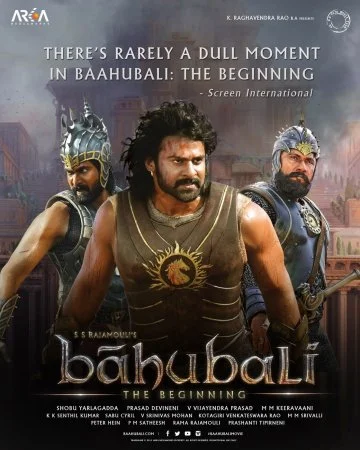
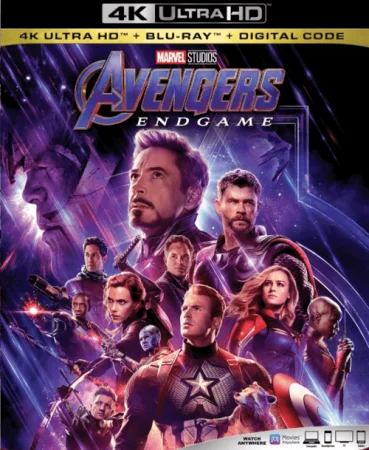
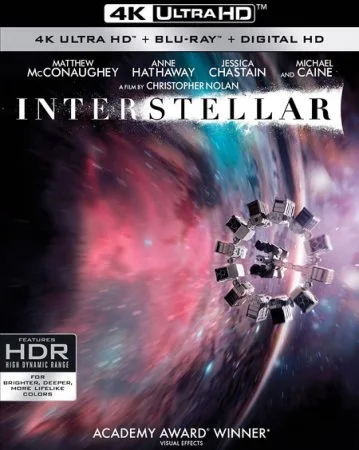
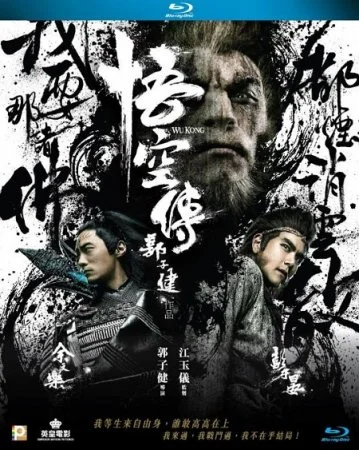
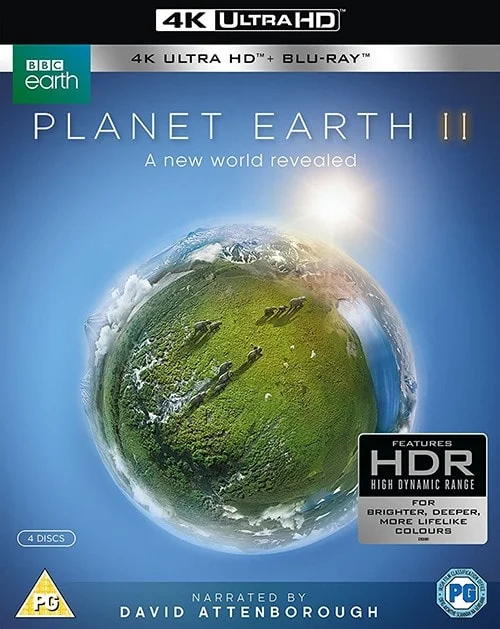
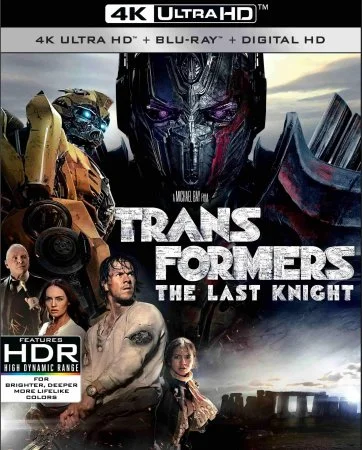
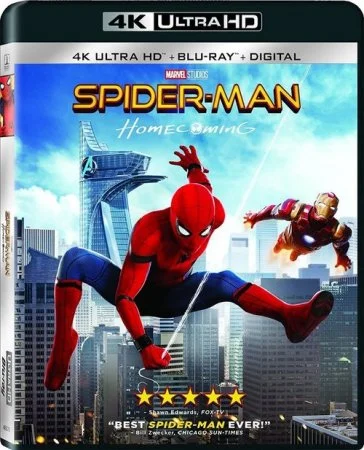
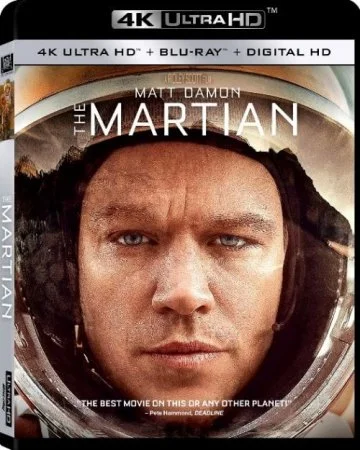
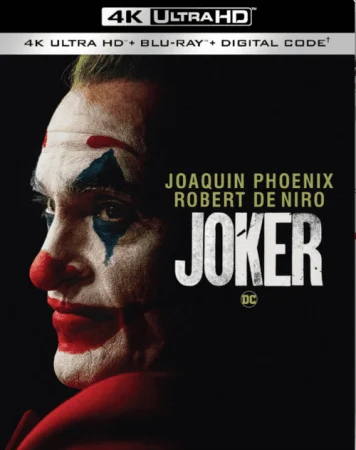
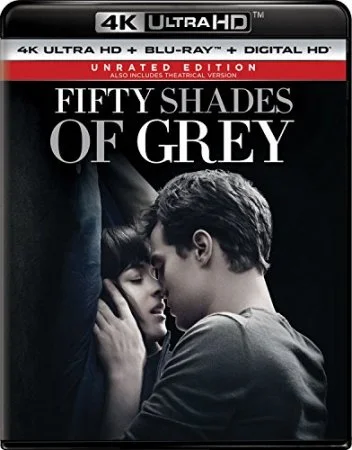
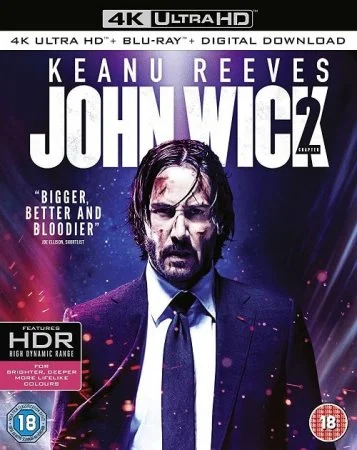

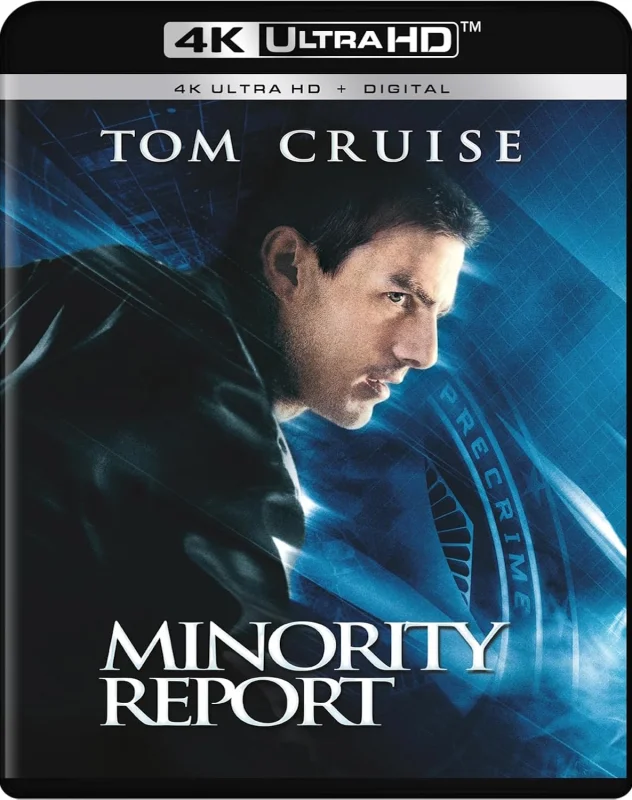
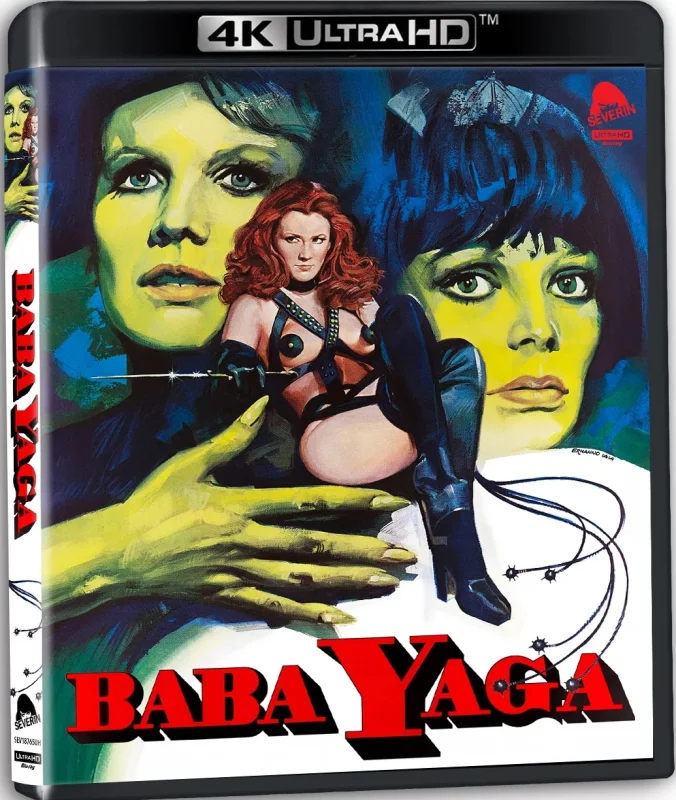
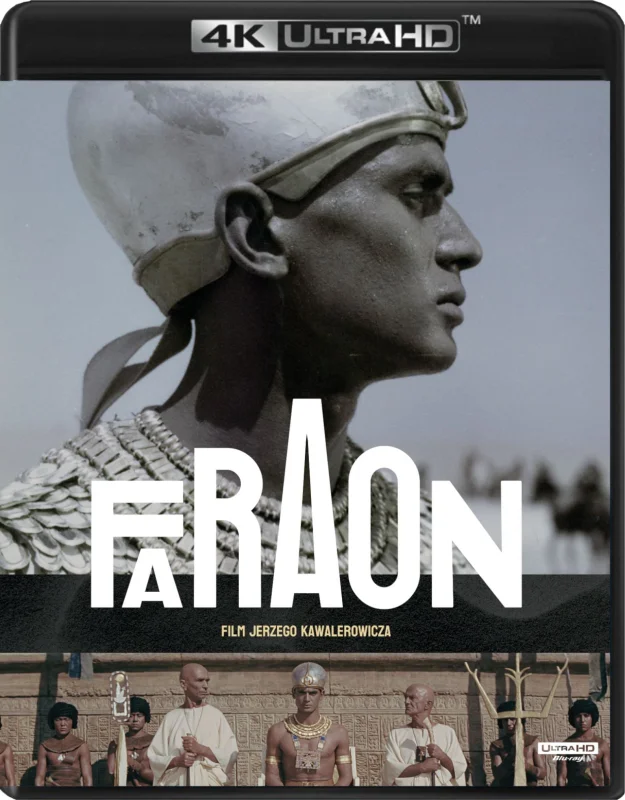
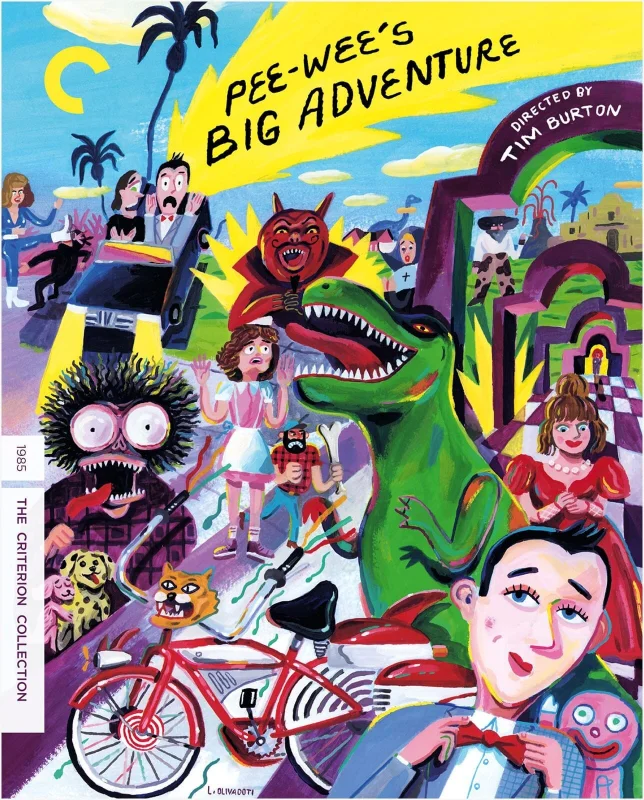
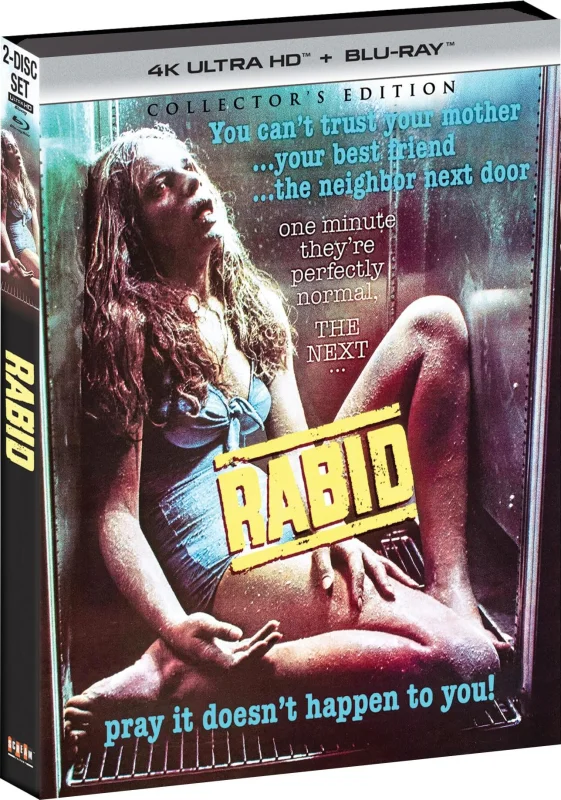
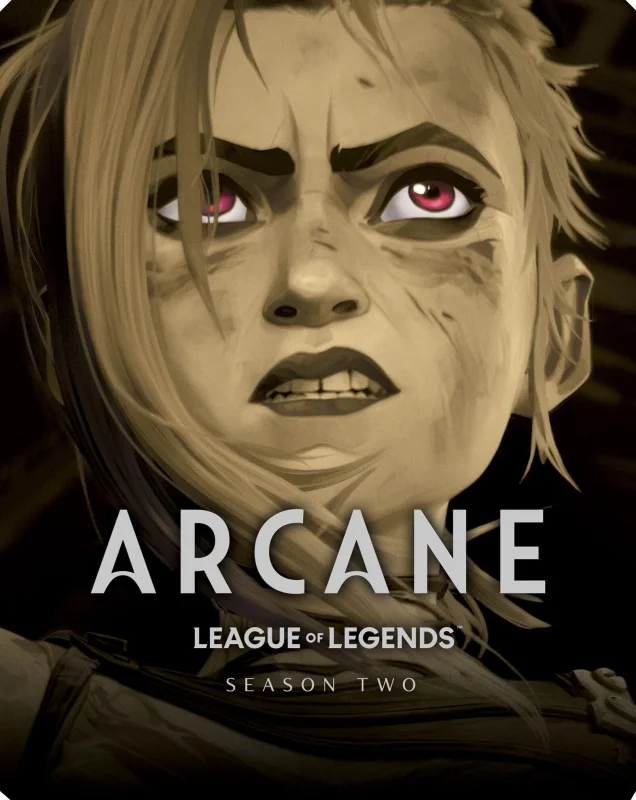
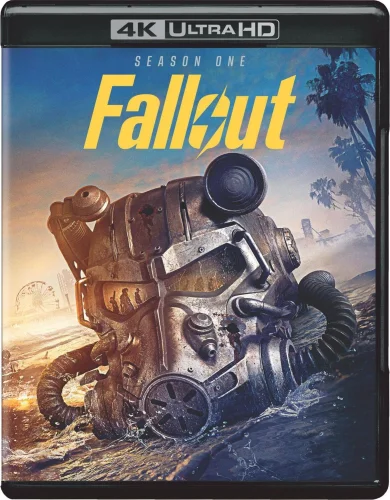
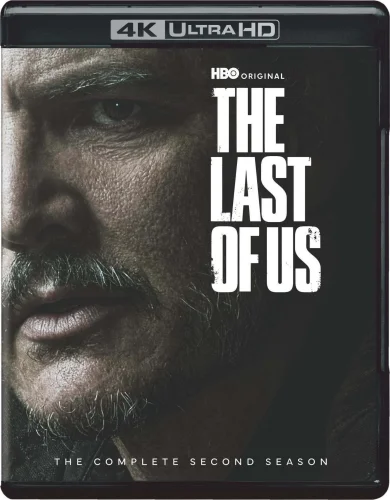
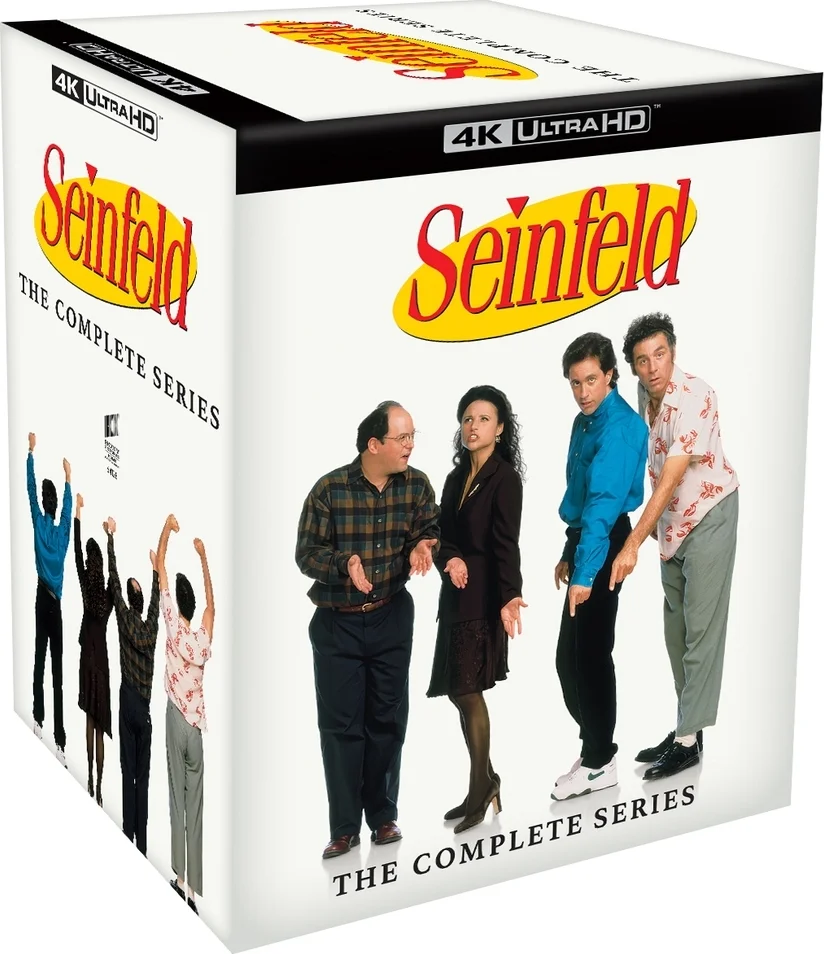
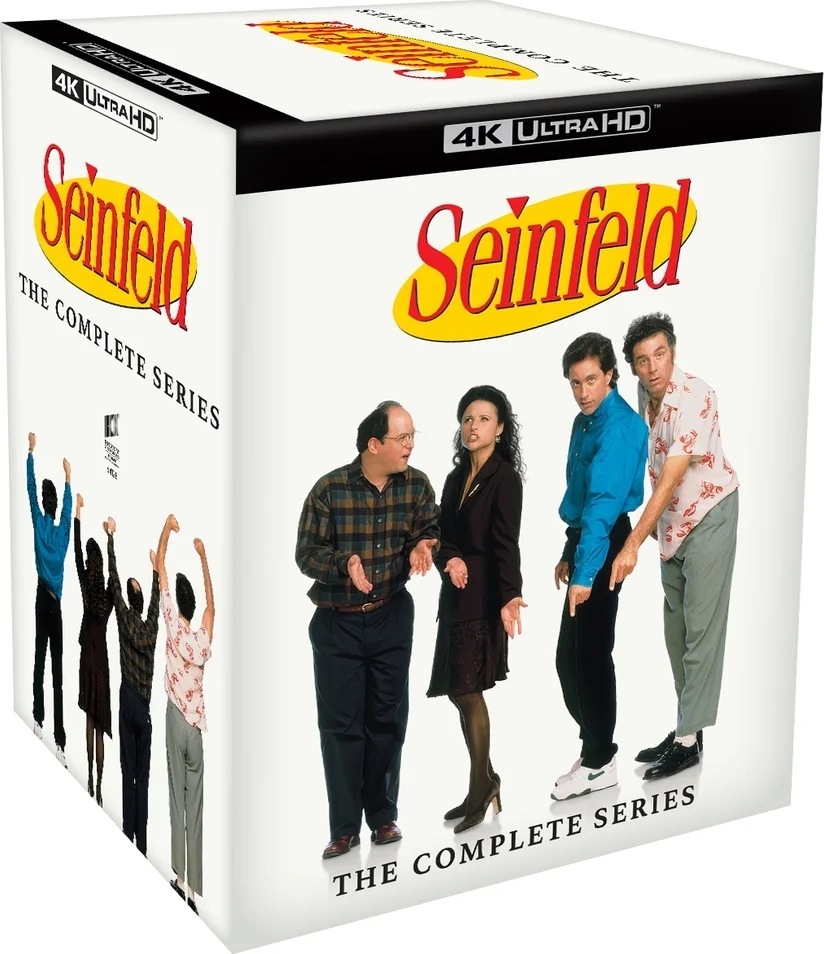
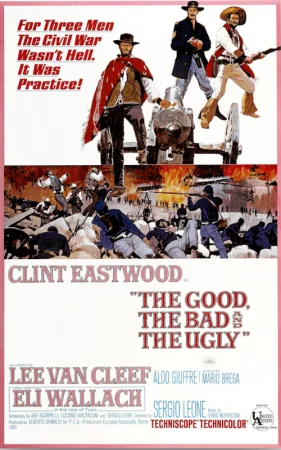
 Like
Like Don't Like
Don't Like